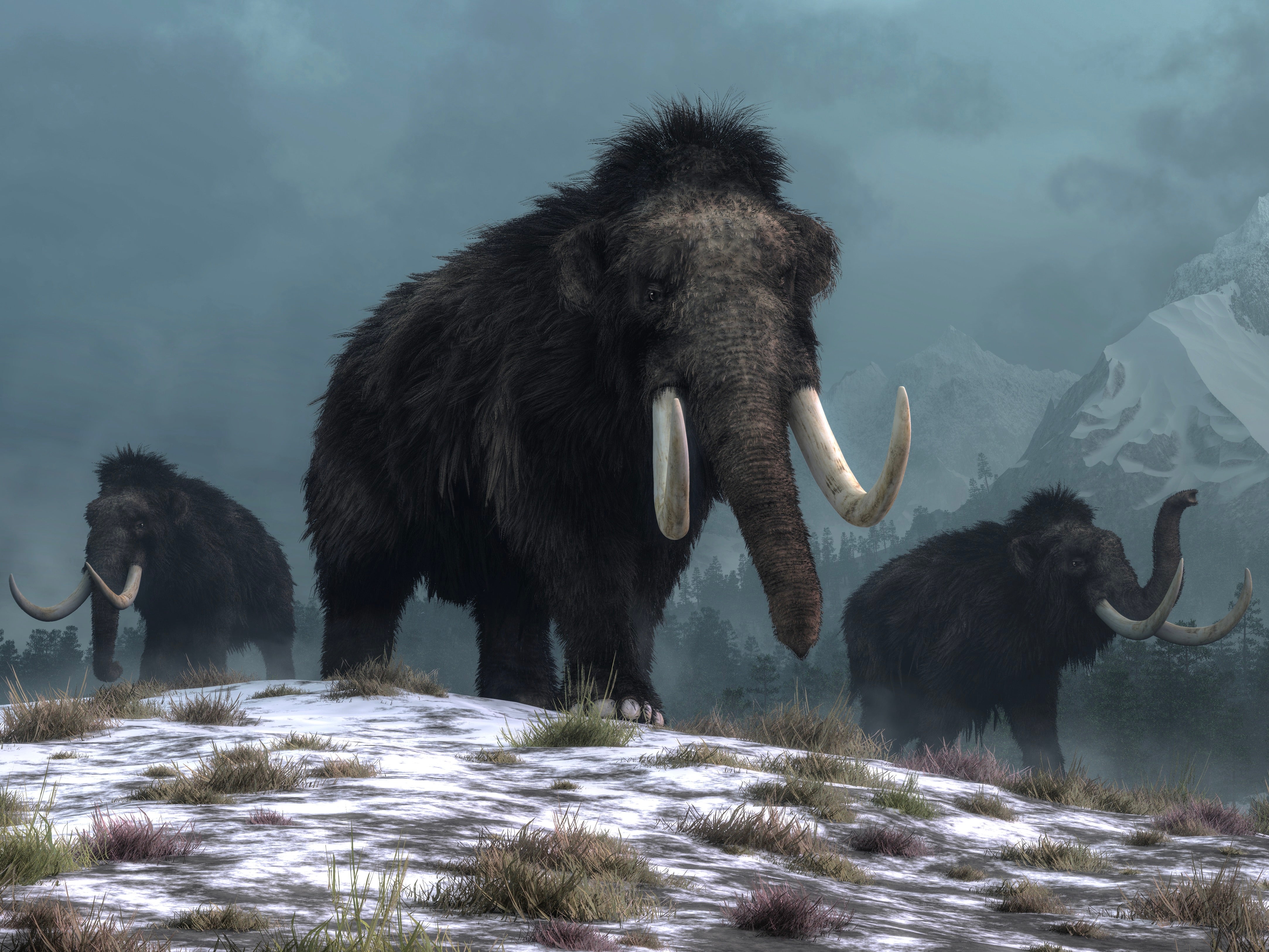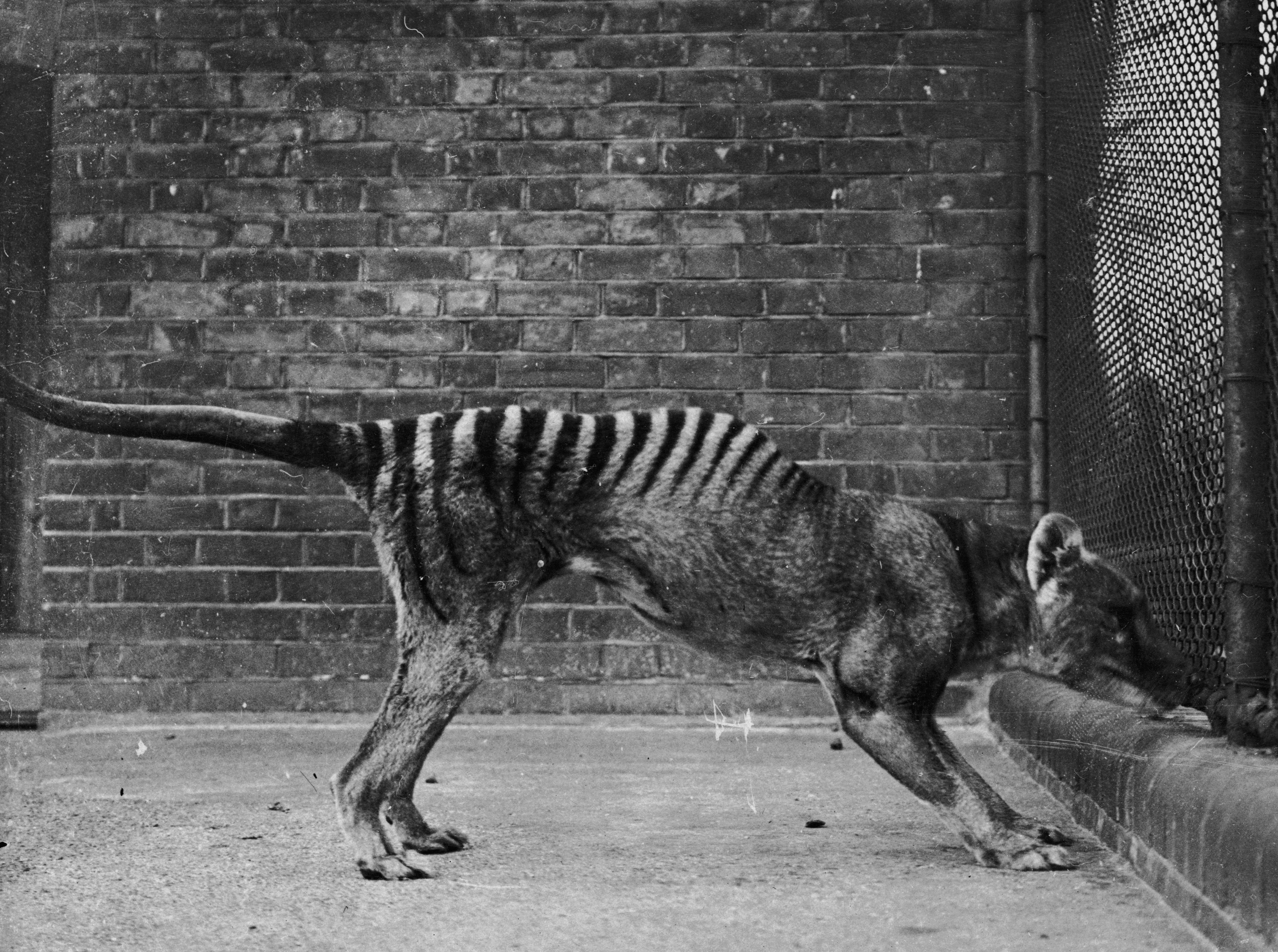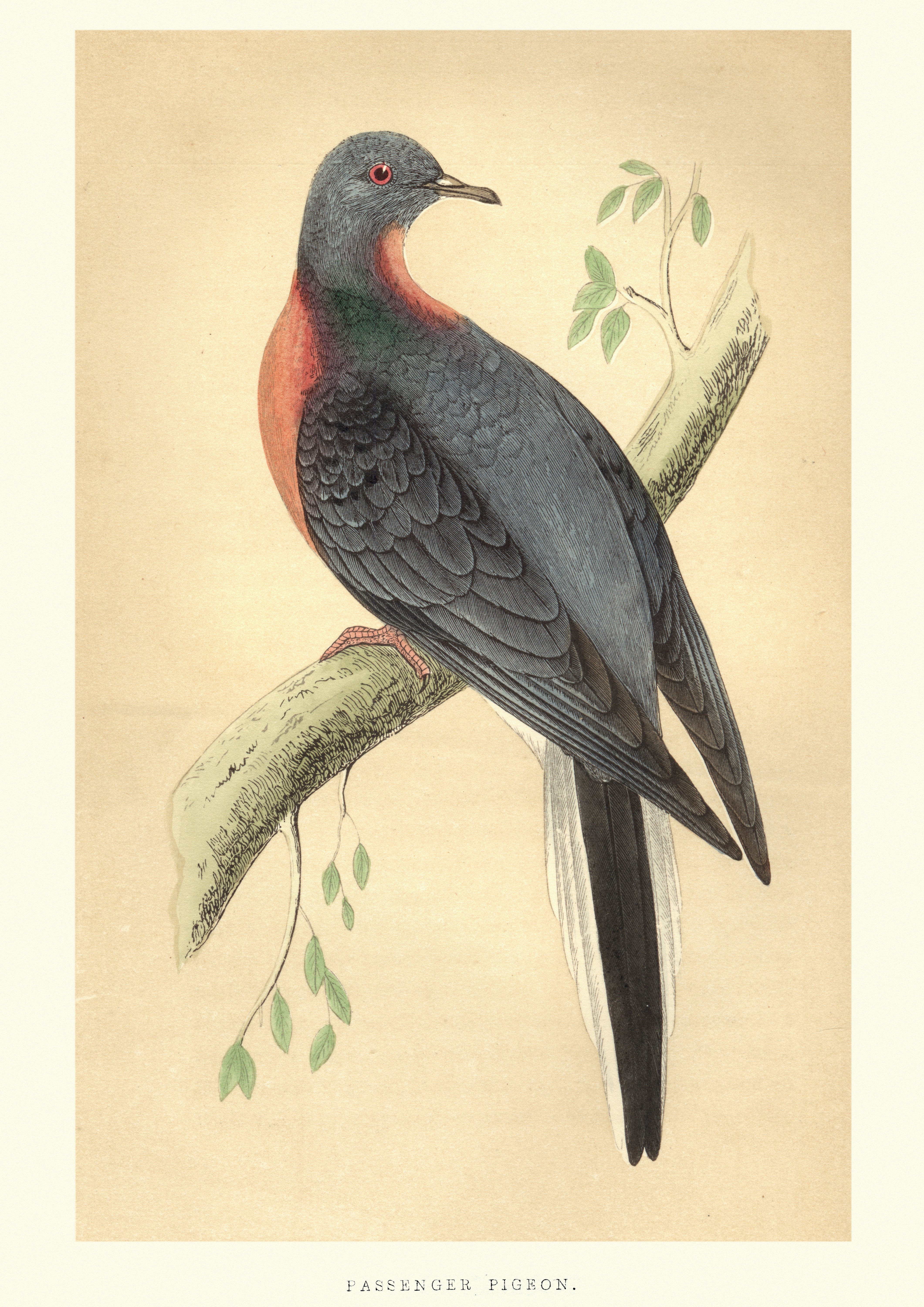Inside the controversial plan to bring extinct animals back from the dead
Some scientists now claim they can use modern biotechnology to bring back long-dead species like mammoths, Tasmanian tigers and passenger pigeons – a real-life version of Jurassic Park. Climate reporter Ethan Freedman looks at what they’re actually working on — and concerns about whether “de-extinction” is even a good idea

Your support helps us to tell the story
From reproductive rights to climate change to Big Tech, The Independent is on the ground when the story is developing. Whether it's investigating the financials of Elon Musk's pro-Trump PAC or producing our latest documentary, 'The A Word', which shines a light on the American women fighting for reproductive rights, we know how important it is to parse out the facts from the messaging.
At such a critical moment in US history, we need reporters on the ground. Your donation allows us to keep sending journalists to speak to both sides of the story.
The Independent is trusted by Americans across the entire political spectrum. And unlike many other quality news outlets, we choose not to lock Americans out of our reporting and analysis with paywalls. We believe quality journalism should be available to everyone, paid for by those who can afford it.
Your support makes all the difference.Around 2,000 BC — about the time the Egyptian pharaoh Mentuhotep was forming the Middle Kingdom — a woolly mammoth died on a remote island in what is now Siberia.
This was no ordinary mammoth, however: this was the very last mammoth to ever live. With its death, the species would descend the irreversible River Styx of extinction, never again to be seen outside of the underworld.
Or… maybe not.
A team of scientists with the biotechnology company Colossal, founded in part by Harvard geneticist George Church and backed by investors like the Winklevoss twins and actor Chris Hemsworth, now claim that they can resurrect the woolly mammoth, bringing the giants back to the tundra for the first time in 4,000 years.
The mammoth isn’t alone, either. Colossal has also announced plans to revive the thylacine, an extinct Australian carnivore — and other scientists are attempting to bring back species like the passenger pigeon, a once-legendary North American bird, in a process some are calling “de-extinction”.
Proponents claim that de-extinction can restore long-lost species to their rightful and important places in the ecosystem, and maybe undo some of the harm extinction has inflicted on the natural world.
But sceptics of de-extinction question what kind of animals this technology might really create — and whether species resurrection could create new problems for the world’s still-living wildlife.
“I’m not convinced it’s a good idea, de-extinction,” Tom Gilbert, an evolutionary biologist at the University of Copenhagen, tells The Independent.
“But I’m very fascinated by, at least, what could be done.”
In Jurassic Park, scientists sequenced dinosaur DNA gathered from long-dead mosquitos, using that reconstructed genetic code to hatch a Tyrannosaurus rex.
There are some plot holes in that version of de-extinction — mainly that DNA breaks down pretty quickly, so there’s not much to sequence from 65-million-year-old fossils.
With something like a woolly mammoth, however, that concept is somewhat less far-fetched. Since mammoths lived relatively recently — and in the cold, frozen north— some specimens have been preserved, buried underground in the depths of the tundra, keeping parts of the species’ DNA intact.
As a result, scientists can sequence a good amount, if not all, of the mammoth’s genome. Colossal CEO Ben Lamm tells The Independent that the company expects to have about 90 per cent of the woolly mammoth’s genome.
The company plans to use cells from living Asian Elephants, the mammoth’s closest living relative, as a base template to try and recreate some of the mammoth’s quintessential traits, like shaggy hair and small ears, Mr Lamm says.
Turning a cell into a mammoth would require a lot more than just editing some genes, however — you’d need to turn that cell into a living, breathing, multi-tonne animal. So Mr Lamm says that the company’s scientists are researching everything from stem cells and cellular engineering to embryo development and animal husbandry.
But why create a mammoth in the first place? One reason, according to the company, is the climate crisis.
Permafrost (permanently frozen ground) in the far northern tundra contains a ton of carbon. But as the world warms up from all the carbon that humans have dumped into the atmosphere, that permafrost is melting — potentially releasing even more carbon into the atmosphere and creating a dangerous warming feedback loop.
Colossal says that if mammoths were re-introduced to the landscape, all their trampling could transform the tundra from forests and wetlands to grasslands. Since grasslands are lighter-coloured than forests and wetlands, the theory is that the ground would absorb less sunlight — helping to keep the permafrost cold and all that stored carbon buried underground.

Ecological restoration is also the goal for Revive and Restore, a non-profit organization aiming to bring back the passenger pigeon, a North American bird hunted to extinction in the early 20th century.
The passenger pigeon was “the chief ecosystem engineer of eastern North American woodlands,” Ben Novak, Revive and Restore’s lead scientist, tells The Independent.
The group says that the passenger pigeon — which once congregated in flocks of hundreds of thousands of birds, dominating eastern North American landscapes in deafening and endless hordes — used to disturb forests enough that they needed to regrow over time. In every stage of that regrowth were niches for wildlife like insects, mammals and other birds.
There are a lot of steps that need to go right for these plans to work. For one, these scientists would need to successfully create a viable, healthy animal that resembles a passenger pigeon or a mammoth using gene editing and cloning. Then, they’d need to successfully release enough of them into the wild — and the animals would have to act as expected to get the ecological benefits the teams are hoping for.
But there are more conceptual questions about de-extinction, too. Since scientists will likely never fully sequence the mammoth’s genome — parts of it will likely be forever lost to history — these animals may never be exact replicas of the ancient beasts, no matter how well the gene editing and cloning might go.
Mr Lamm acknowledges that the company isn’t trying to create duplicates of extinct animals. “We’re not cloning mammoths, we’re not creating exact copies of mammoths or exact copies of thylacines,” he says. Instead, he says, they’re creating “functional mammoths” — animals that will occupy the same ecological space that mammoths once did.
Success depends on your definition of “de-extinction”, Dr Gilbert says.
“If your definition is to make a hairy elephant and keep it in a zoo, and that’s what you’re doing, and that’s what you do, that’s a success, right?” Dr Gilbert says. “But that’s not the same as making a fully functional mammoth.”
Dr Gilbert says that for him, the most interesting part of de-extinction is the research it’s based on. By taking elephant cells and trying to create a mammoth, the scientists are essentially trying to turn one animal into another animal, he notes — itself a wild concept.
Some de-extinction projects aren’t even using genetic engineering at all. A project in South Africa, for example, is trying to recreate the quagga — a type of zebra hunted to oblivion in the 19th century — by selectively breeding other zebras to create an animal that looks like the quagga.
“If it looks like a passenger pigeon, behaves like a passenger pigeon, you know — it’s a passenger pigeon,” Mr Novak says, referencing the old saw about ducks.

“But, of course, there are 300 types of ducks in the world. And geese look like ducks, and they’re not ducks,” Mr Novak adds. “We know there’s subtlety to that, we will always know that the new passenger pigeons are not the original passenger pigeons.”
Yet from an ecological perspective, that distinction doesn’t matter, he says.
“If it functions and does well in the ecosystem, I’m happy to say that we’ve recreated the passenger pigeon,” Mr Novak says.
Dr Gilbert also points out that if the public believes extinct species can simply be resurrected, that could create problems for currently endangered — but not yet extinct — species.
Suppose some mining company wanted to dig up a huge section of the Amazon rainforest, he suggests. Companies are often barred from ripping apart an ecosystem like that because people understand that many species will go extinct if we destroy their habitats, he adds.
If people think we can flip a switch and bring animals back from the dead, they might be less motivated by these concerns, Dr Gilbert surmises.
That could be especially true if people don’t understand that “de-extinction” — at least in its current form — is massively time- and money-intensive and has yet to be truly successful for any singular species, let alone the thousands of species you might lose by cutting down the rainforest.
Mr Lamm said this was more of “an education problem”. He also notes that some of Colossal’s research — including on things like in vitro fertilization and disease treatments in elephants — could be applied to modern-day animals.
And the same argument about public perception could be made for animals kept in captivity, Mr Novak argues. “It’s literally the most negligible concern over all this,” he says.
In another sense, Mr Novak says, that argument is just the continuation of the challenge wildlife conservationists have been facing for decades.
“De-extinction is the extension of something that conservation has been doing for nearly 200 years,” he says.
In ecosystems around the world, conservationists have restored long-lost wildlife to the ecosystem — like wolves in Yellowstone National Park or beavers in Europe. The only difference is that none of these species had been entirely extinct – and whether we can make that leap remains to be seen.
“For me, it’s always been a conservation-, ecological restoration-driven discipline,” he says. “And will remain that way the rest of my life.”



Join our commenting forum
Join thought-provoking conversations, follow other Independent readers and see their replies
Comments